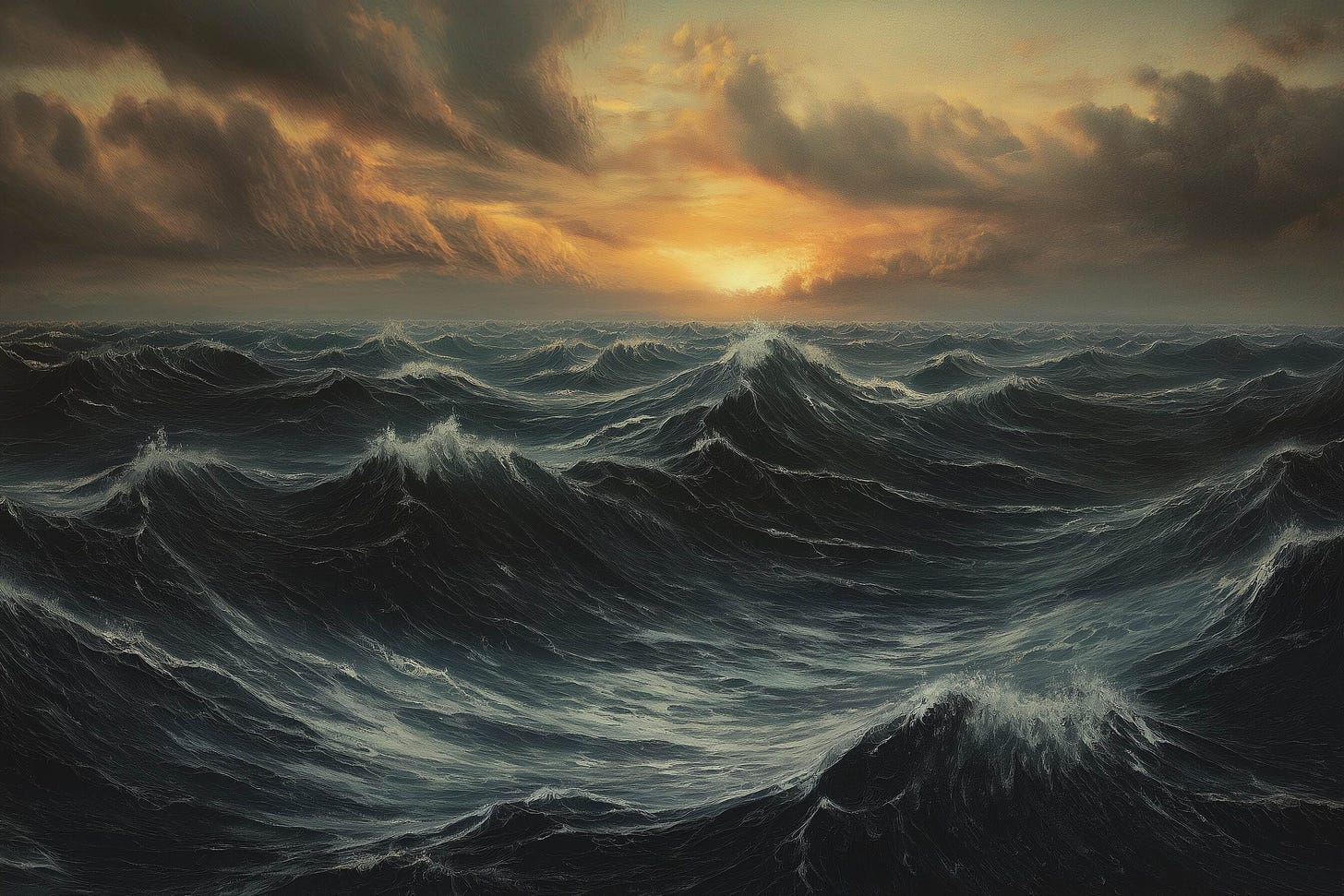Weekend Reads
On pursuing curiosity, Dana Gioia's writerly life, building selfish software, and did the Greeks see color?
A deep dive on writing with Dana Gioia
This is a phenomenal, in-depth conversation with poet Dana Gioia a on his writing process, reading habits, and his general life philosophy. A fascinating guy. His story is one of the “life of a writer” lived concurrently with a day job in corporate America. The discussion clearly conveys the level of seriousness and professionalism one must bring to the game to gradually reach his quality of output. Gioia defines what it means to behave like a pro.
A funny thing about curiosity
Henrik Karlsson invites us to consider how authentic, raw emotional experiences, rather than forced searches for "interesting" ideas, lead us back to our most genuine self-expression:
It feels to me like everyone has something unrepeatable to bring into the world. And we can manifest it by going in our direction of maximal interestingness. The pattern we make as our curiosity pulls us hither and thither like a dog chasing a smell across a field—that pattern is a gift we give the world.
Interestingness comes from chasing the weird, from taking the disparate ideas you know to be divergent and jamming them back together. Sometimes it leads to nothing, but almost all interestingness comes from following the not-been-done path.
Selfish Software
In the past 6 months, the AI code tools are moving at lightning speed. We've had co-pilot / autosuggester type tools for a few years now, but the latest crop is something different: the combination of writing the code, but also unrolling abstract requests, self-troubleshooting problems, consulting the asker on technology trade-offs.
Edmar Ferreira writes about how this shift is unlocking an age of personal software:
There's something beautifully honest about selfish software. The feedback loop is pure: if you're not using what you built, it's not good enough. No market research needed, no user interviews required. You can't fool yourself about its utility because you experience it firsthand.
In the past 2 months I've been experimenting with all this tech. Two of the experiments I've built are selfish tools that I wanted: totally untested and have no business being invested in… but in a world where it takes a couple hours, absolutely worth it to me. A few hours of tinkering leading to real software.
I've been thinking about how all of this will evolve the role of product management, and how companies will be built around a wildly different economic model for making software. The PM ↔ designer ↔ engineer triumvirate is collapsing into a single "product conductor": one that directs a crew of virtual designers and programming experts.
The sea was never blue
In The Odyssey, Homer famously compared the sea to wine:
And now have I put in here, as thou seest, with ship and crew, while sailing over the wine-dark sea to men of strange speech, on my way to Temese for copper; and I bear with me shining iron.
– Homer, The Odyssey
This piece explores how ancient Greeks perceived and described color differently from modern cultures, focusing on their language and philosophical theories. Unlike the Newtonian spectrum, which categorizes colors based on light refraction, Greek color vocabulary emphasized brightness, movement, and texture rather than hue:
When the sea is called porphureos, what is described is a mix of brightness and movement, changing according to the light conditions at different hours of the day and with different weather, which was the aspect of the sea that most attracted Greek sensitivity. This is why Homer calls the sea ‘winey’, which alludes not so much to the wine tint of the water as to the shine of the liquid inside the cups used to drink out of at a symposium. As shown by the naval friezes and the aquatic animals painted inside many drinking vessels, vase painters turned the image around, so that the surface of the drink suggested the waving of the sea. Porphureos conveys this combination of brightness and movement – a chromatic term impossible to understand without considering the glimmer effect.



